
We've seen digital backlot productions before - Sky Captain and the World of Tomorrow, Sin City, Avatar - but nothing quite like The Mandalorian. The mystery over how exactly they are pulling this off remains one of Disney's best guarded secrets. However, Mandalorian showrunner Jon Favreau is starting to lift the veil, letting us know that regardless of where the show might take its characters the actual actors aren't stepping foot outside of Los Angeles. With the tech being pioneered by The Mandalorian, why go on location when you can bring the location to you?
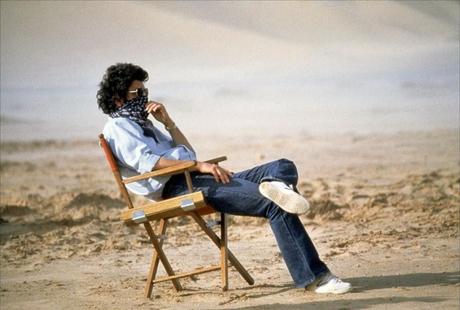
In the 1970s, when George Lucas searched for a way to make a desert planet called "Tatooine" a reality he ended up in Tunisia. Some settings, after all, can only be achieved by filming on location and if you want sweeping vistas of barren sand lands you have to go to the desert. (Or, when you run out of money but still need some quick pick-up shots for transitional scenes, you run up the California highway to Death Valley.)
Decades later, filmmaking technology had vastly improved, so much so that Lucas treated the prequel trilogy as tech experiments, showcase pieces for ILM's ability to blend live-action and CGI. Most everything was achieved on a soundstage and in computers. Still, to achieve Phantom Menace 's Tatooine scenesthey had to film in Tunisia.
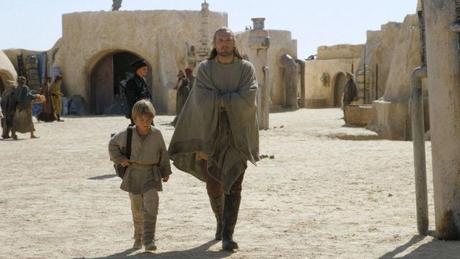
Today, however, a certain Star Wars bounty hunter walked into a Tatooine bar, got his case-of-the-week, bartered with some Tusken Raiders, and engaged in both a high-speed chase and tense shootout over various sand dunes. All of this happened in the latest episode of The Mandalorian, and it was all filmed in Los Angeles. Sorry, Tunisia. Jon Favreau found a way to bring the sand to the digital - excuse me, virtual - backlot.
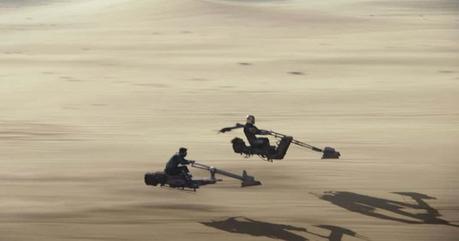
This is perhaps one of the least understood aspects of The Mandalorian. The show's breakout star - Baby Yoda - is a genuine, old-fashioned puppet, calling back to the way Lucas brought the original Yoda to life in Empire Strikes Back and beyond, albeit with the occasional CGI enhancement to smooth out movement or enhance facial expressions.
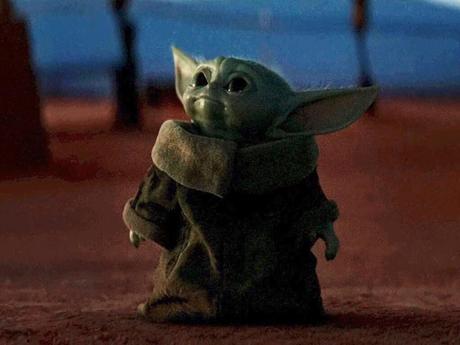
Somewhat ironically, however, Baby Yoda is one of the only parts of the show with such a clear practical foundation. Everything else we see on screen is the result of ingenious computer trickery, video game technology brought to the screen, and quite possibly the wave of the future for Marvel movies.
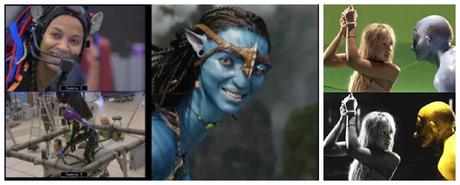
Favreau detailed all of this and more in a recent Hollywood Reporter profile. (The publication has named in "Producer of the Year" after making Lion King, Mandalorian, The Chef Show and starring in Spider-Man: Far From Home.) Below, I've excerpted some parts of the interview for the benefit of anyone curious how exactly a Star Wars TV show is being filmed almost entirely on a Los Angeles soundstage.
The tech builds off what he did with Jungle Book and Lion King:
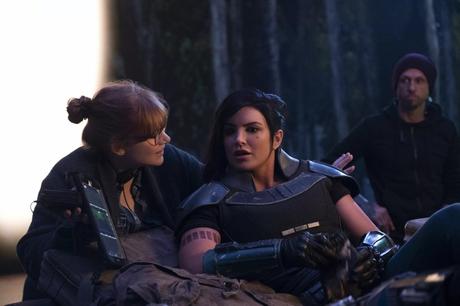
In The Lion King, we built a toolset, basically a "multiplayer VR filmmaking game," using the Unity game engine. We built a bunch of tools working with [lead VFX house] MPC and [tech developer] Magnopus and Unity, and we developed a way by which you could actually create environments and set up cameras and shots within VR. In The Mandalorian, we used a lot of the same tools to plan the entire production, working with the Unreal engine [from Epic Games]. But Lion King was a much different production because there was no actual photography. For Mandalorian, we take that cut, and instead of going right to animation and render like we did on Lion King, we build sets and a digital environment that we project onto a video wall. We partnered with Unreal and [VFX house] ILM and put together this system for The Mandalorian. All the people that we worked with then took that technology, and they're doing their versions of it. They're all slightly different, but basically, we did research and development for The Mandalorian, and now everybody is building on the innovation that we collectively did and making that available to other people who might be curious about this process as well.
Production takes place on a large sound stage, likely at Manhattan Beach Studios in Los Angeles
It's on a large soundstage with a full ceiling and a 360-degree view. We change the environment every day. Sometimes it's a spaceship, sometimes it's a desert, sometimes it's in ice or in the mud.
They do travel the world to film plates for the video screen, but the actors never leave LA
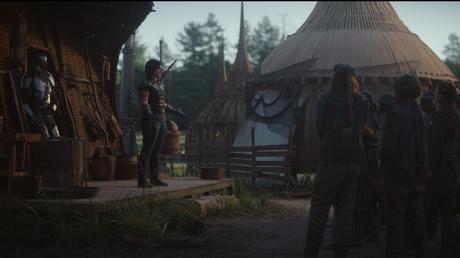
There's limited location work [on the series], but it's all within the L.A. area. But we also go all over the world, like Iceland and Chile, and we actually shoot assets that we put into the layers of the video wall. So, there is real photography being incorporated, but the actors aren't brought on location. The location is brought to the actors.
The tech is already being used for other projects, including a nature series
Now that I understand what our needs are, we're building out facilities that are more geared toward what we need for virtual production. I'm also using a very similar process to what we did on Lion King for the documentary series I'm doing with Apple. I'm partnered with the BBC, and it's called Prehistoric Planet. We're using all the tools that we built and the same partnerships that we had for Lion King ... except we're putting dinosaurs into a combination of virtual and practical environments.
Marvel is very interested, but they're not the only ones
Yeah, they come visiting all the time ... and from not just Disney productions. We really try to be helpful to whoever wants to learn from what we've done. I couldn't be doing what I was doing without people like James Cameron or George Lucas being very inviting to people who want to follow and learn from what they've done. So we try to do the same for others. Also, a lot of people who are partners - whether it's ILM or Unreal or MPC - they're all building their systems out, and we've been allowing them to show people what they're working on and what our tools are to see if it works for them. There's a lot of exchange of information.

